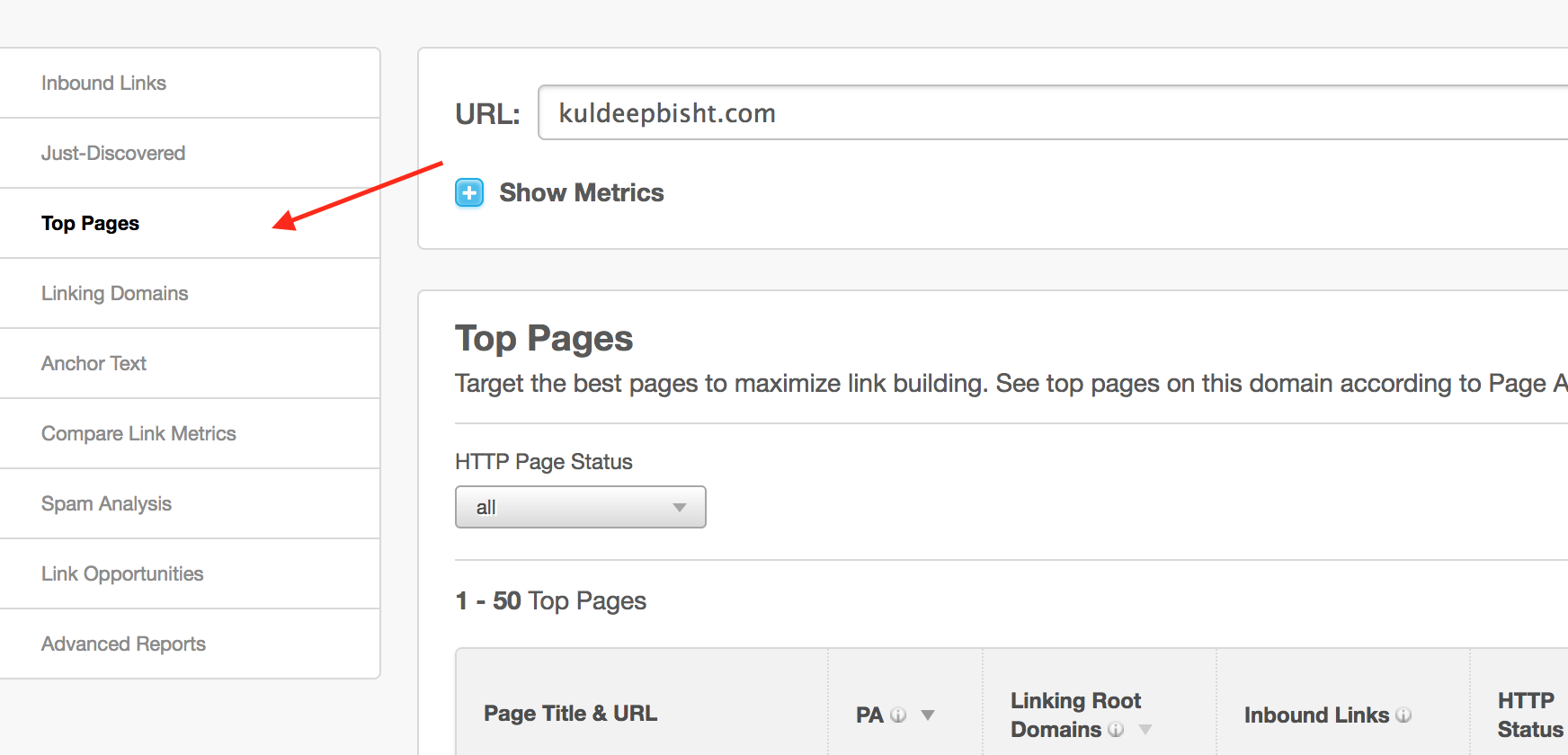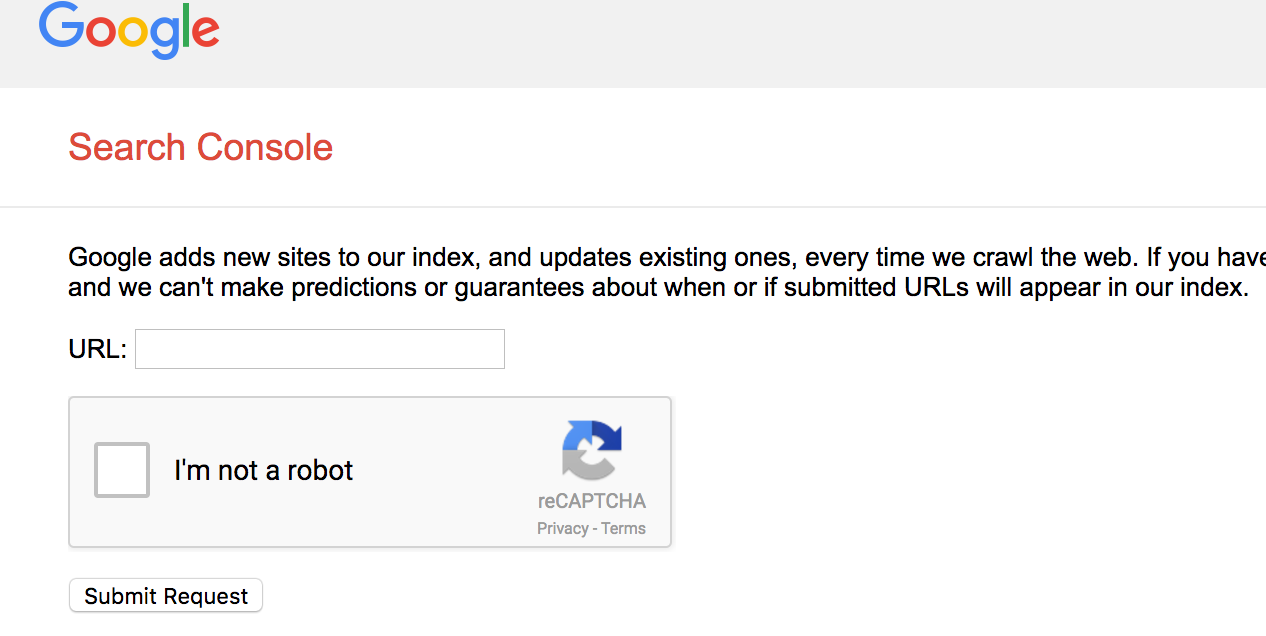Last Updated on September 20, 2018 by Kuldeep Bisht
Question Asked by Shripali –
[alert-note] I’m working as SEO Executive with an IT firm. Recently I’ve updated the keywords of my company’s website. I can see the results but my desired keyword on the Second page of Google. How can I get my website on the First page of Google with the same keyword?[/alert-note]
Everyone is working hard to get #1 spot on search engine specially Google. Certain strategies can boost your ranking fast. If you’ve stuck on Page 2 or 3 of Google, then this step by step guide on ‘how to get on the first page of Google fast’ is just for you.
Follow 5 Steps to Be On Google First Page
You can do a lot of things to improve your keyword ranking. But the following five steps will make it fast and push your keyword up to the first page of Google.
Here we go:
Step 1 – Optimize targeted webpage for your keyword
The basic things are necessary and always comes at the first place. I recommend you to check your keyword on;
- Title – Make sure your keyword is present in your title. Also, try to keep your main keyword at the start of your title as much as you can.
- Meta Description – The same as the title, your keyword must be presented in your Meta Description. However, Meta description is not a ranking factor anymore but help users to understand the page content.
- H1 Tag – It is always recommended to have your main keyword in your Heading 1 tag. So, add your keyword in your h1 tag if not already added.
- Content Body – Make sure your content body is having your main keyword and keyword variations to improve the user intent.
- Image Alt & Title – If you’re not able to put your keyword in the content body then you can utilize the Image Alt or Title option. You can add your main keyword in Image Alt and Title. But make sure it describes your image to the search engine.
Note – While optimizing for keywords, make sure you’re not stuffing keyword on your webpage. The ideal percentage for the keyword density is 3-5%. However, you can use variations or LSI keywords smartly in your content.
Step 2 – Interlinking your keyword from the top pages of your website
Many marketers ignore the power of internal linking. Internal linking helps search engine to find the relevant contextual page and pass the link juice. If you want to rank your keyword on the first page of Google very fast, then you must follow the below steps.
- Find the top page of your website – Find the top performing page of your website with the help of Google Analytics, Moz’s Open Site Explorer or Ahrefs tool.

- Interlinking webpage with your main keyword – The next step is to add your main keyword and link it to your targeted webpage.
Step 3 – Fetch your webpage for indexing
After applying above two steps, the next step is to index your updated web page on Google. You can do this by following ways.
- Fetch from Google Search Console – You can fetch your updated web page from your Google webmaster tool.
- Login into your webmaster tool and look for ‘Fetch as Google‘ option under ‘Crawl‘ at the left sidebar of your GSC dashboard.
- Put your updated webpage URL and click ‘Fetch and Render‘
button. It’ll index your page within 24 hours or so.

- Add URL into Google – Adding your webpage directly to Google index is a good alternative to fast indexing. It’ll index your webpage on Google within minutes.
- Go to google.com/addurl and submit your webpage URL.

- Go to google.com/addurl and submit your webpage URL.
Step 4 – Track Your Competitor’s Backlink
You have to watch your competitor’s backlink data to outrank them. Search for your keyword and find your competing webpage. Keep first page results as your competing webpage.
Look for their backlinks with the help of Ahrefs tool (or other backlink tools) and try to add your links on the same page from where your competitors are linking.
[alert-success]See Also – 47 Free SEO Tools That You Need in 2017 [/alert-success]
Step 5 – Take advantage of Social Media
I strongly recommend using social media to ranking faster. Social Media also send you some instant traffic and increase your crawl rate. I recommend using a popular or trendy #hashtag relevant to your keyword.
i.e. – If your keyword is “make money online” then you can use hashtags like “makemoney,” “money” etc.
Also, I recommend you to use the following social media platforms for the SEO purpose.
Other than that you can use your regular social media channel like FB, TW, etc.
Bonus Step –
Write a blog post
Find some long tail key phrases relevant to your main keyword and write a blog post about it. While writing, make sure you’re linking to your targeted webpage with your main keyword in the post. Once you’ve published your blog post, share it with social media and other promotional techniques.
Final Words
Patience is the key to success, especially in the world of SEO. You can’t trick Google because it has become too smart to fool. To rank on the first page of Google, you have to work hard and work naturally.
What is your first-page ranking story and how did you get it? You can also ask me for help; I’d be happy to answer your questions as well.
Share it with your friends…

![50+ Pet Blogs Accepting Guest Posts [Updated 2024] Pet Blogs Accepting Guest Posts](https://kuldeepbisht.com/wp-content/uploads/2022/09/pet-guest-post-sites-270x180.jpg)

6 Comments
Wow!
Very helpful information Thanks for sharing these types of informative post.
I like your writing skill also your blog
Thanks Again
Glad you liked it.
Thanks for stopping by!
Thanks for sharing beautiful with us. I hope you will share some more info about How to Rank Your Keyword on the First Page of Google. Please keep sharing!
Sir what is 2nd step how i use this
Give me any site or video demo
@panditchaandsharma:disqus
These are the actionable points I have shared. You can apply all these on your website to get rank.
Stay tune for more updates.
Thank You
Kuldeep
ok sir my pleasure